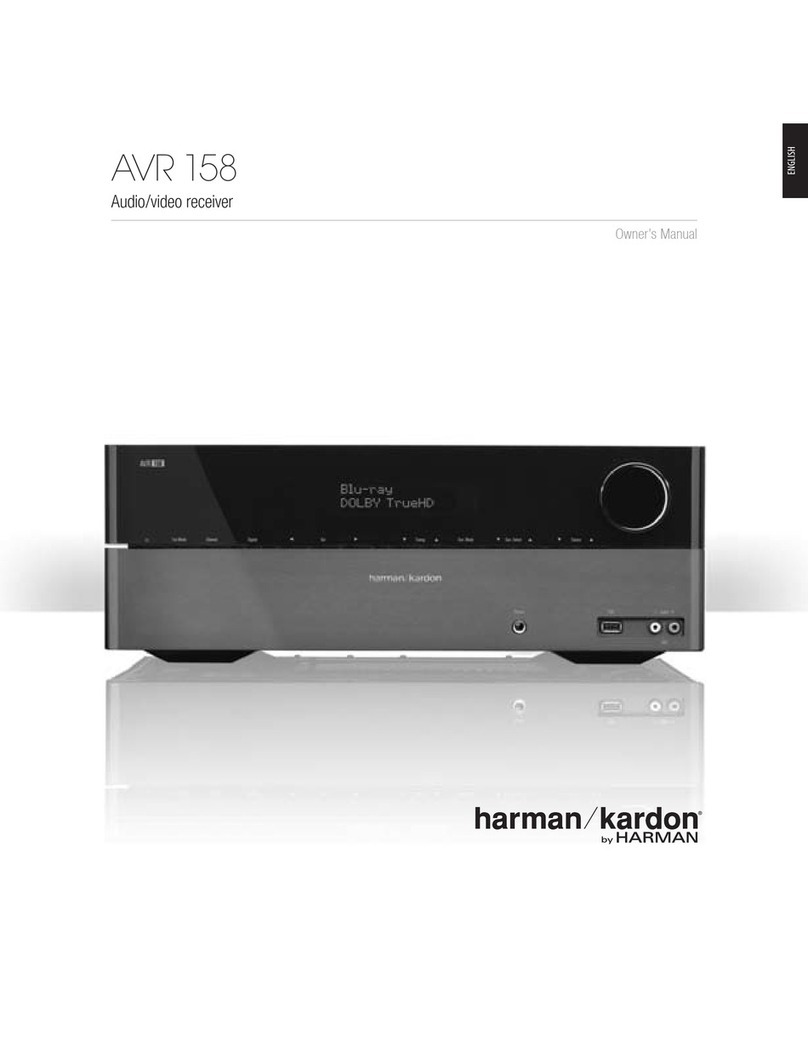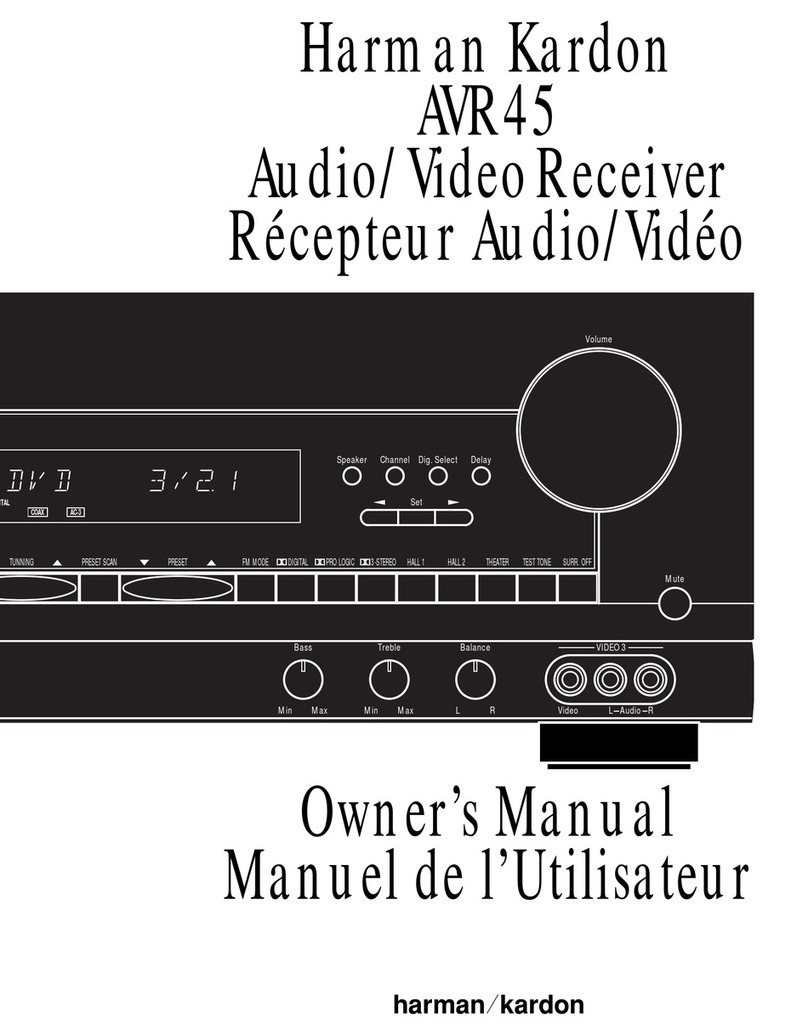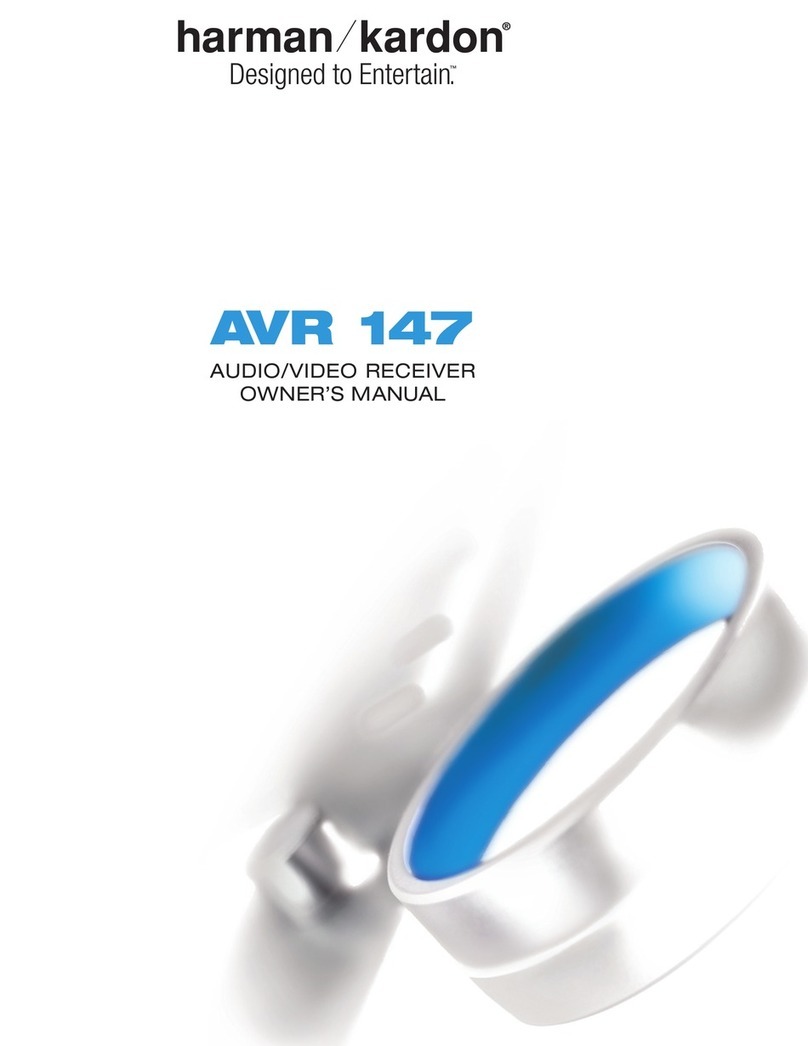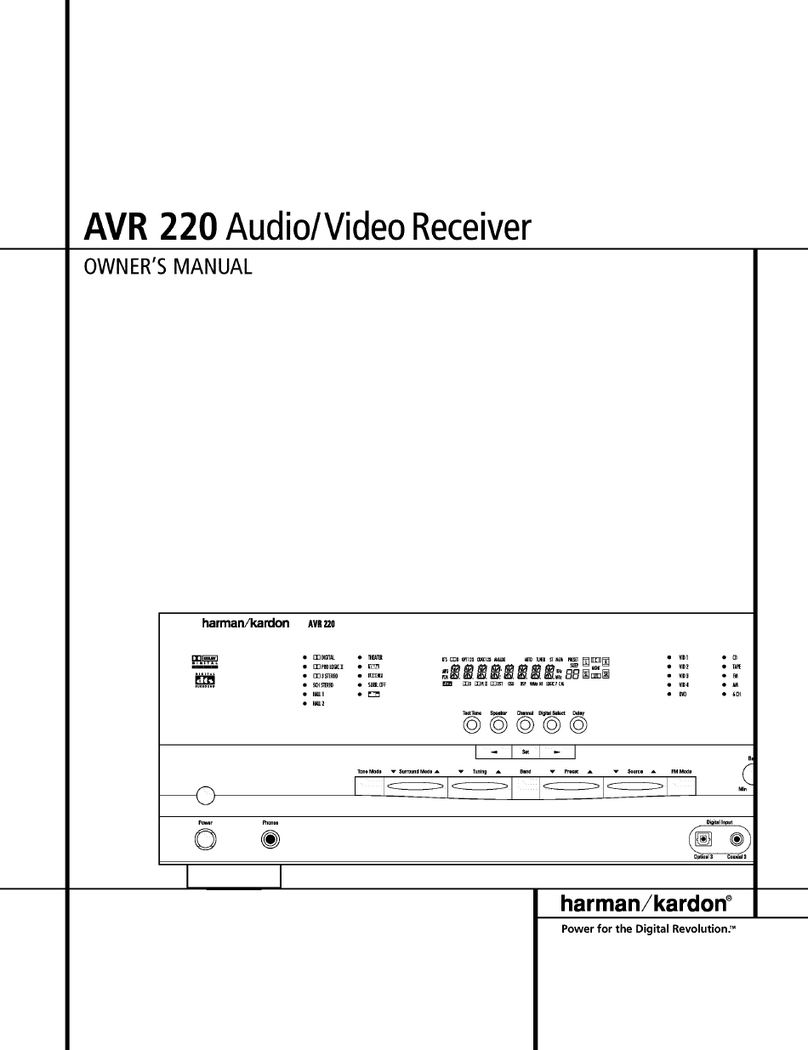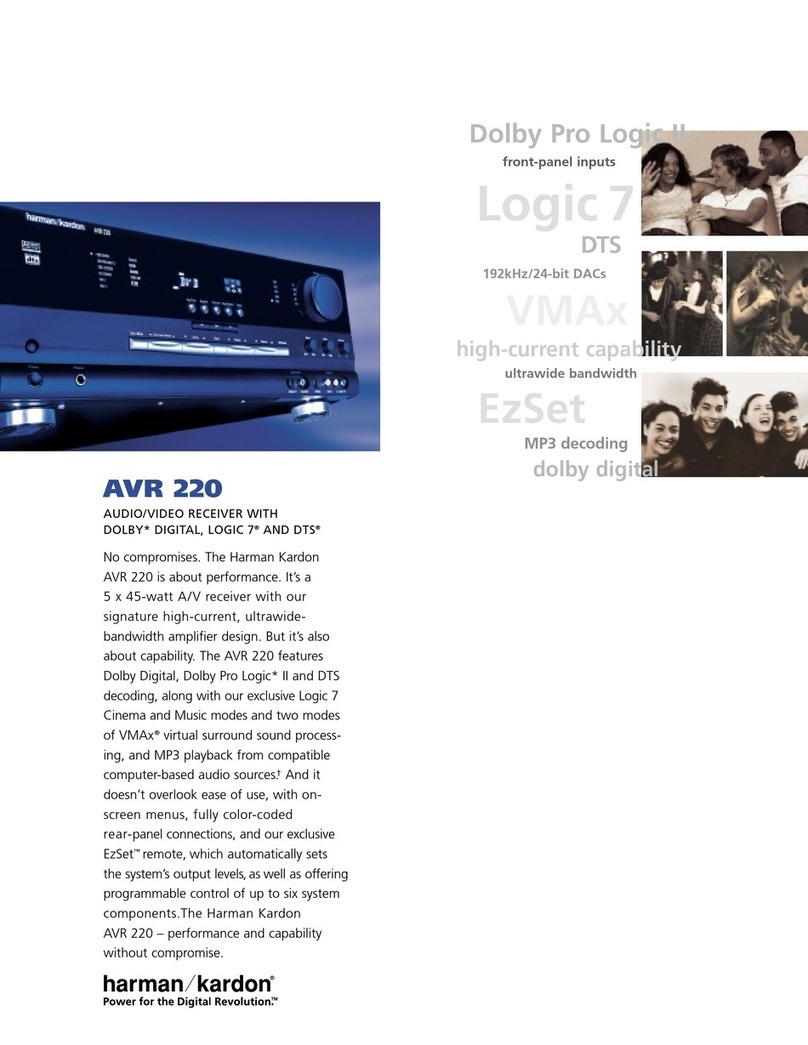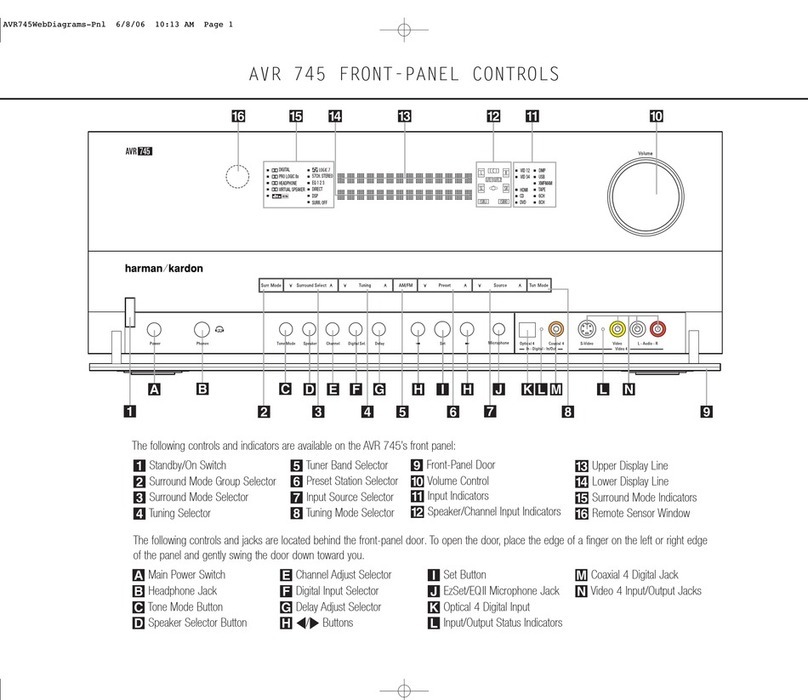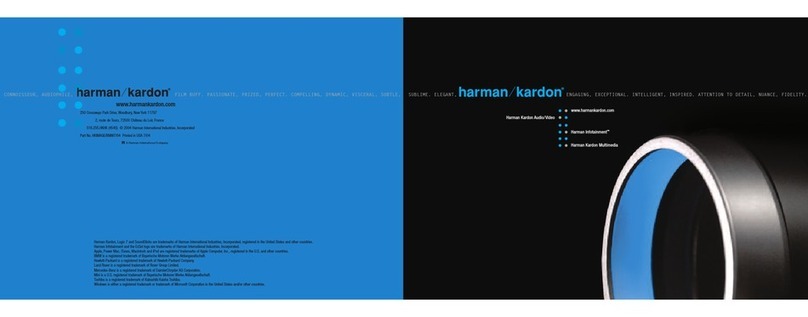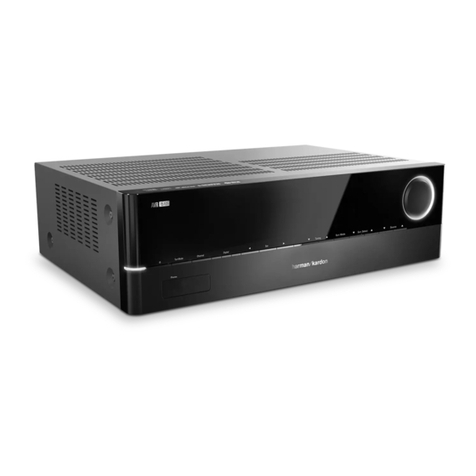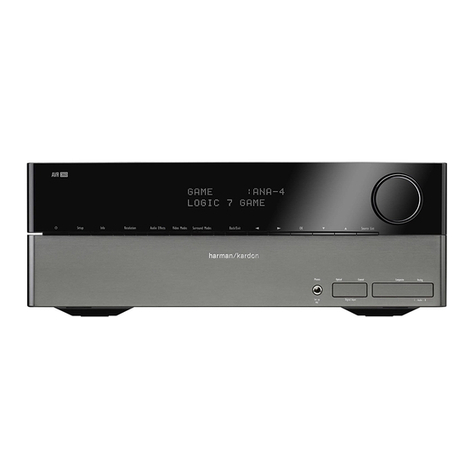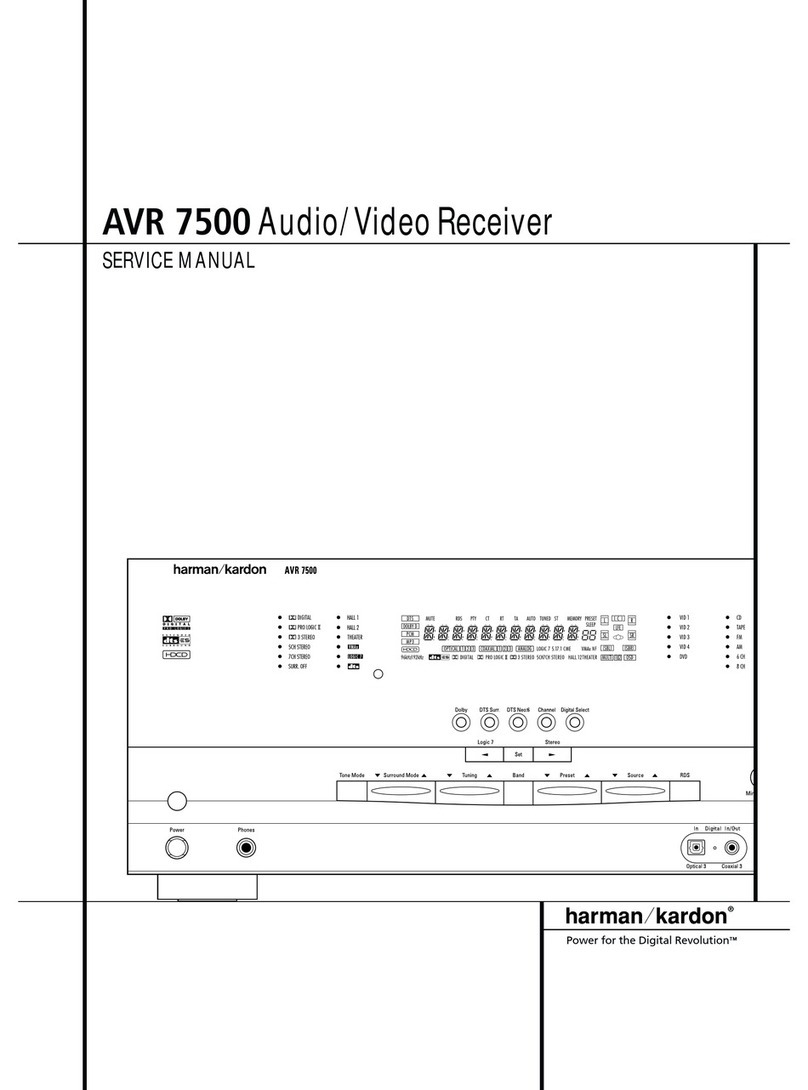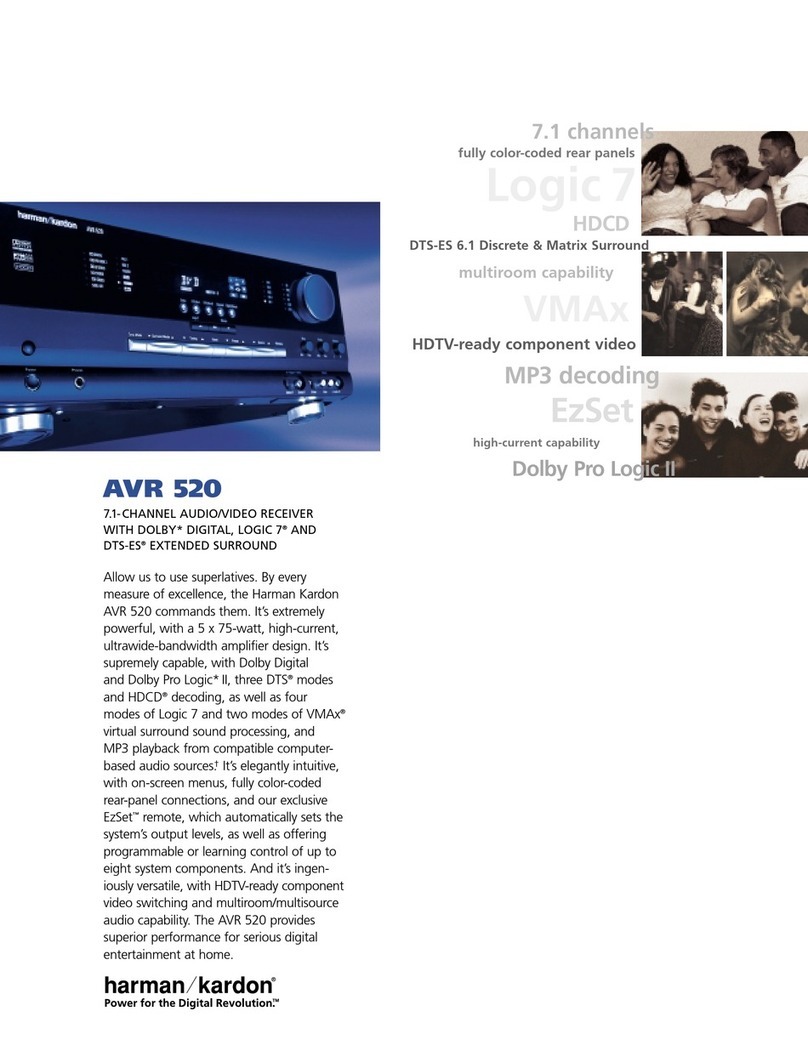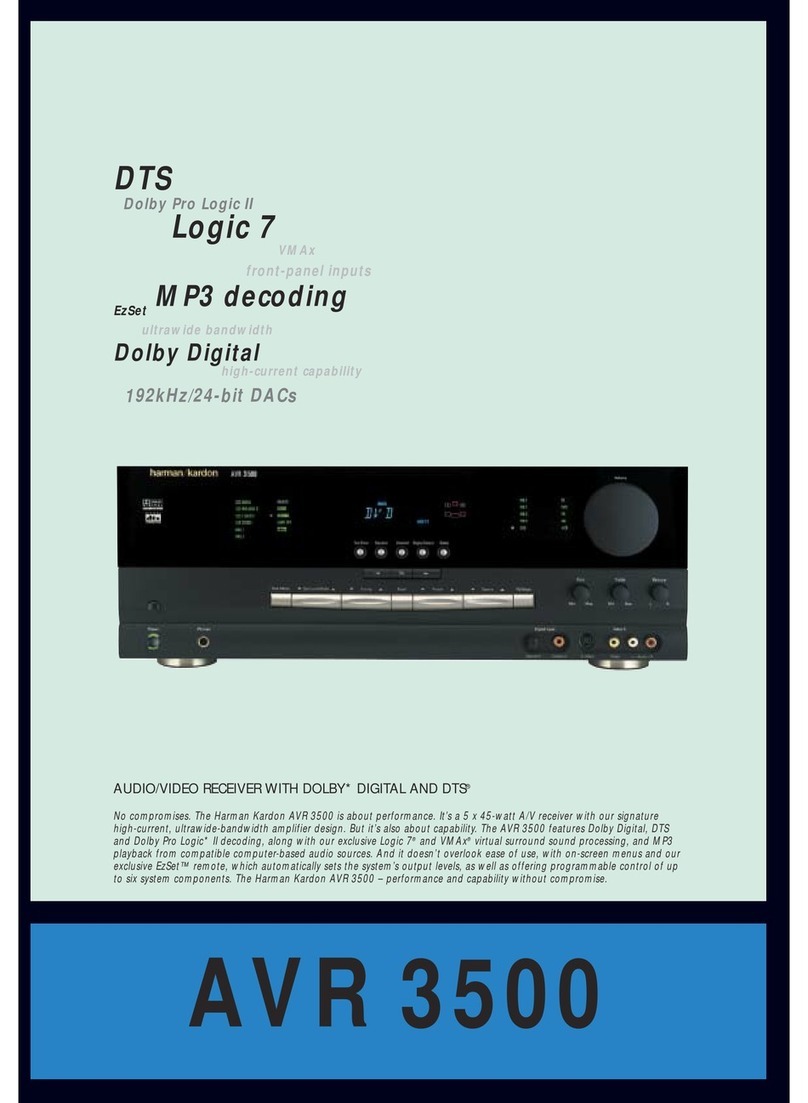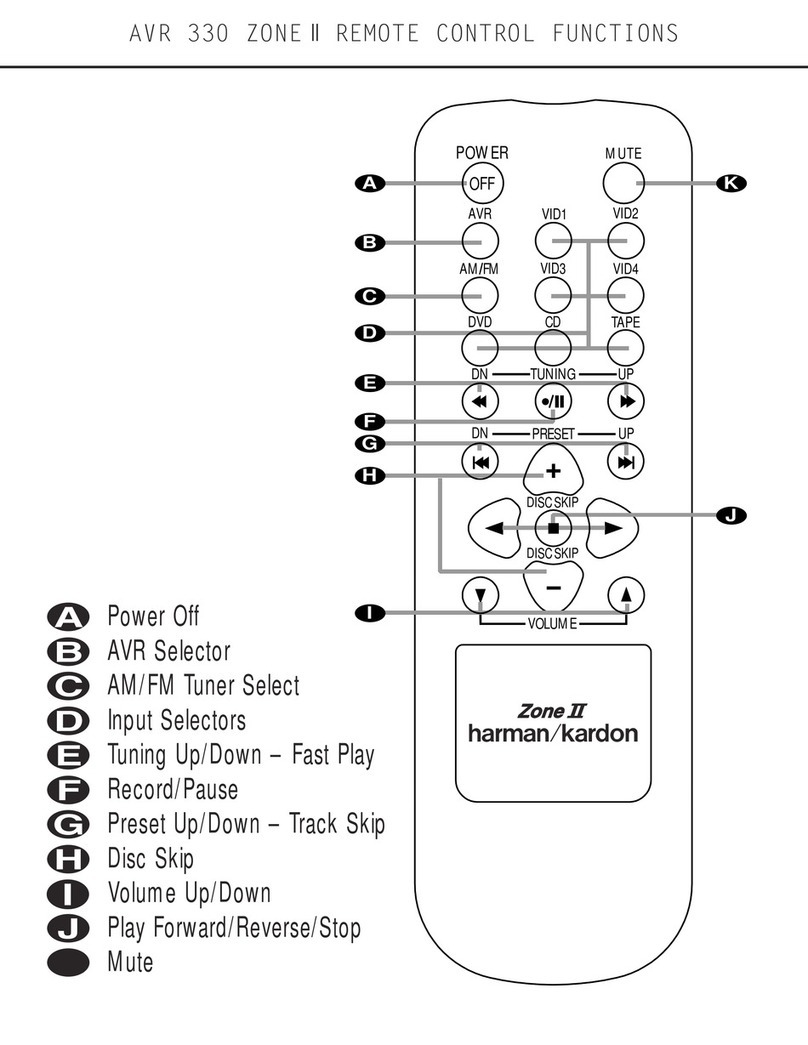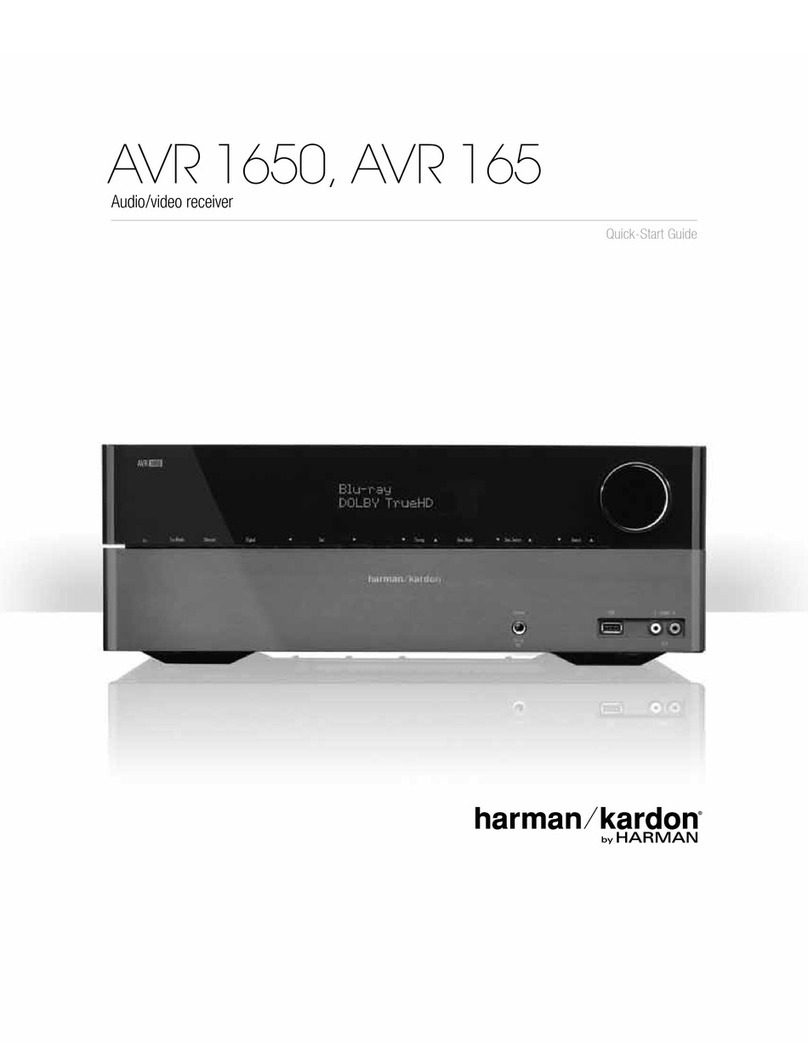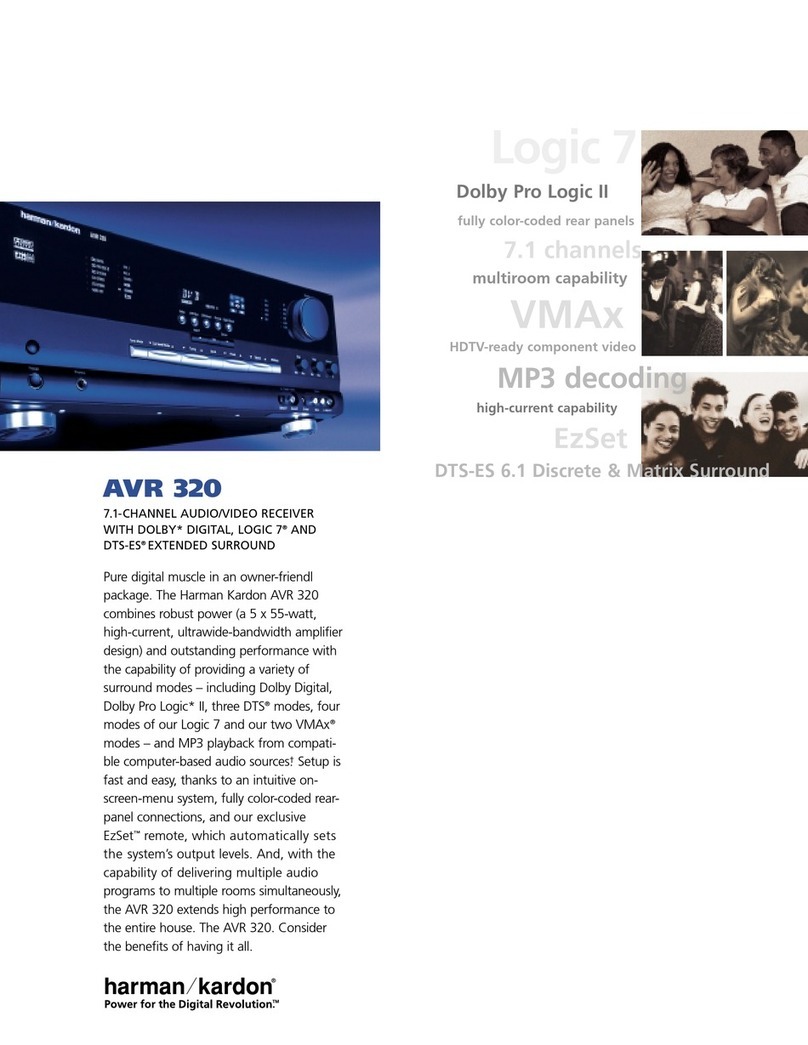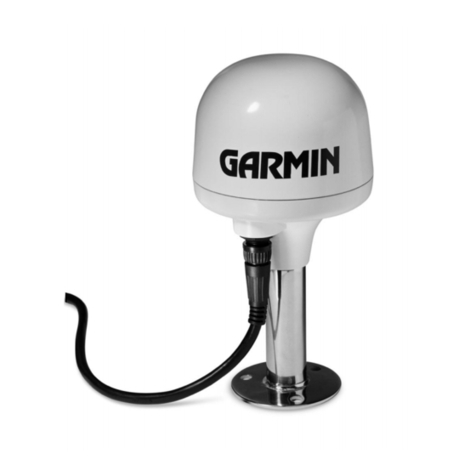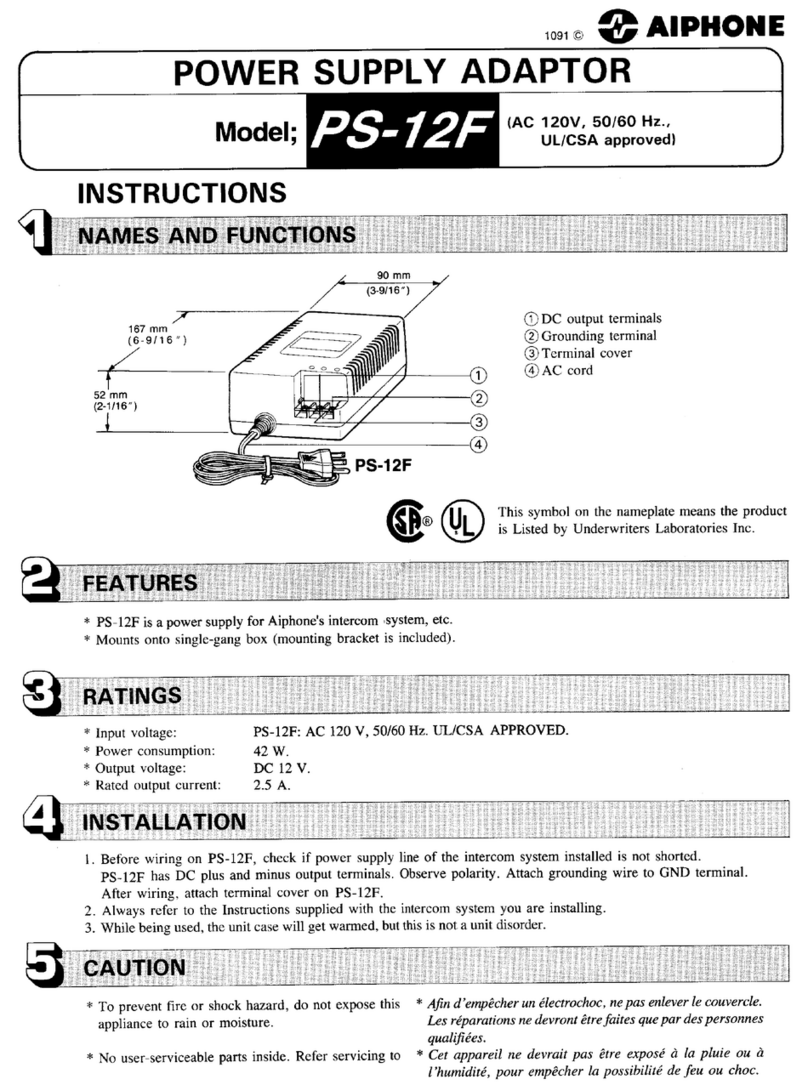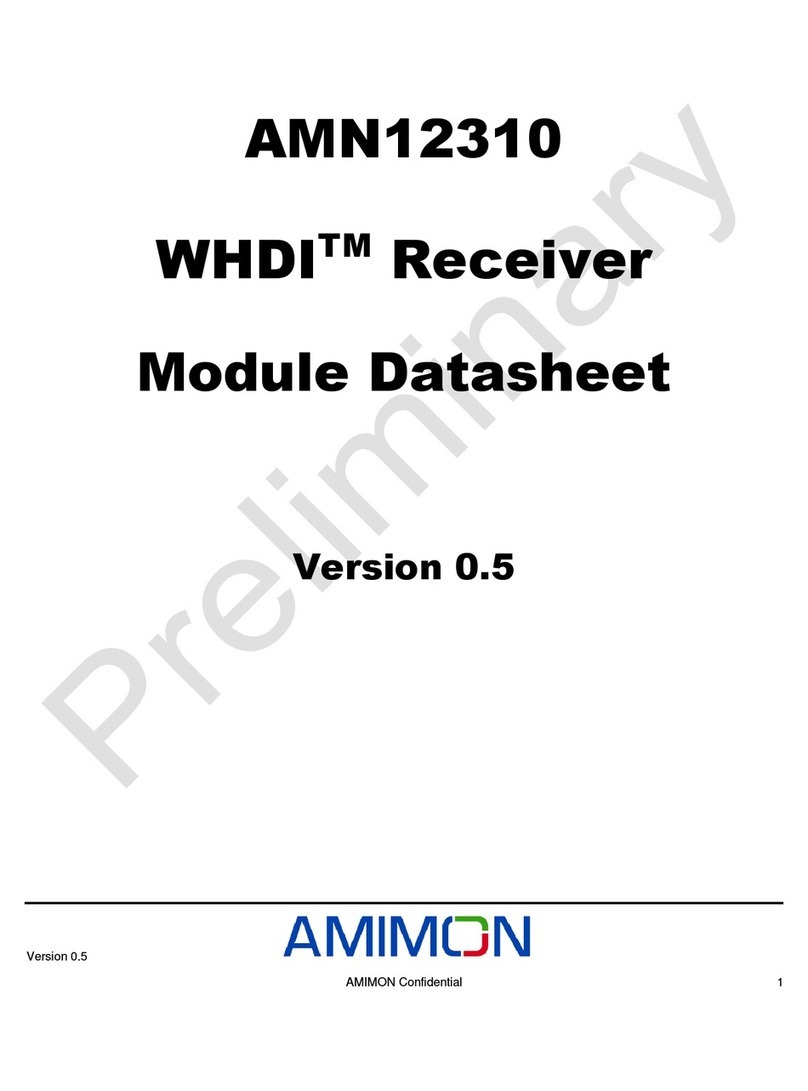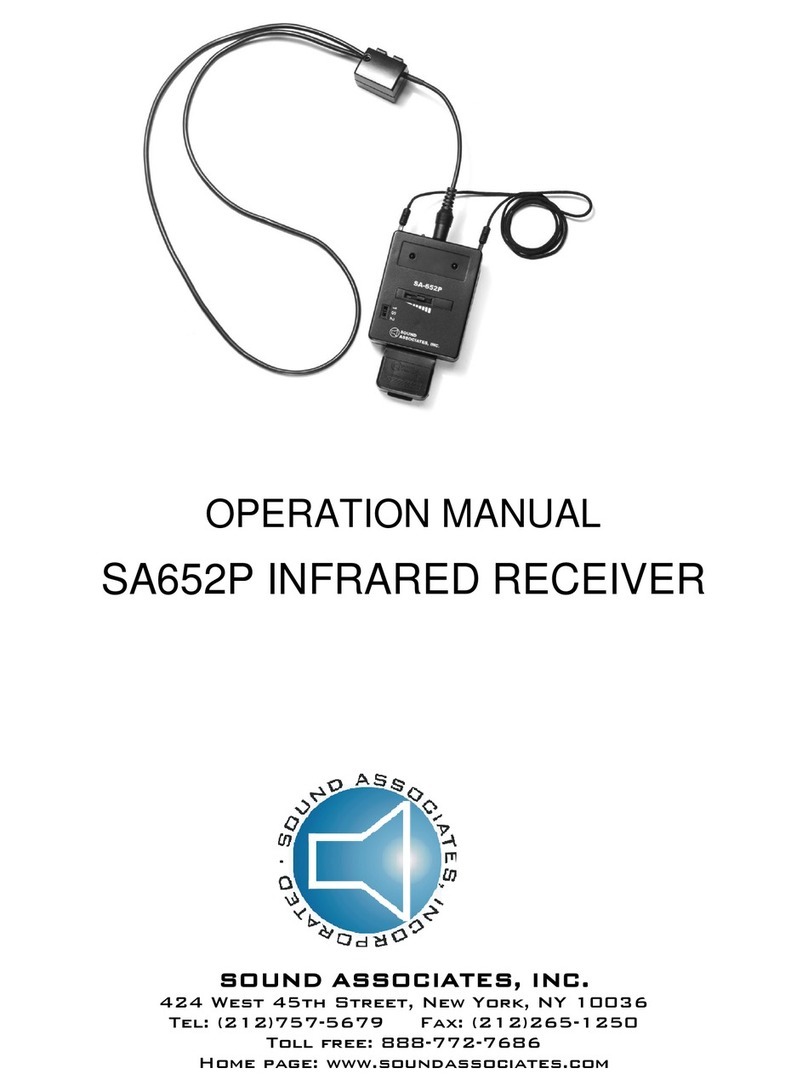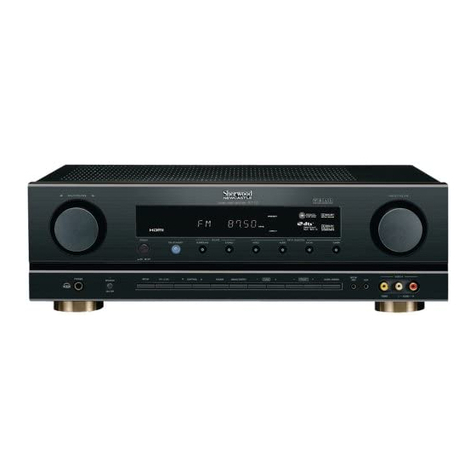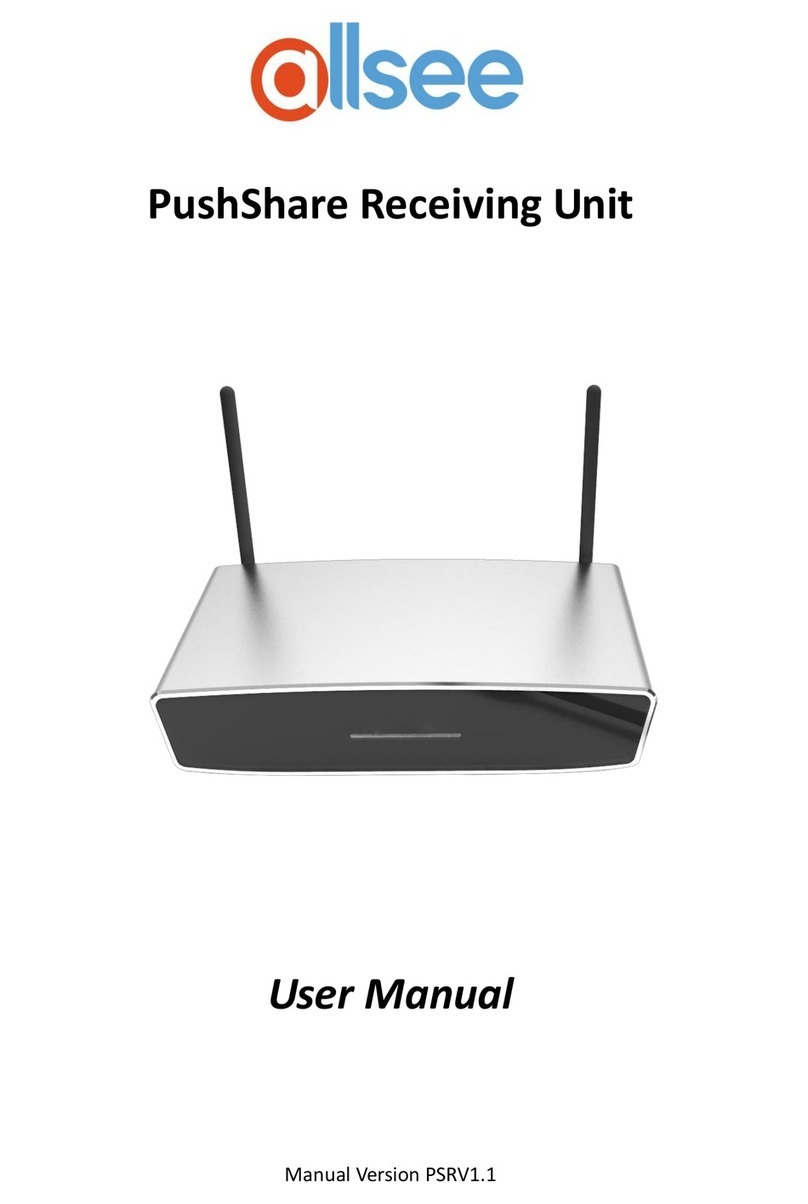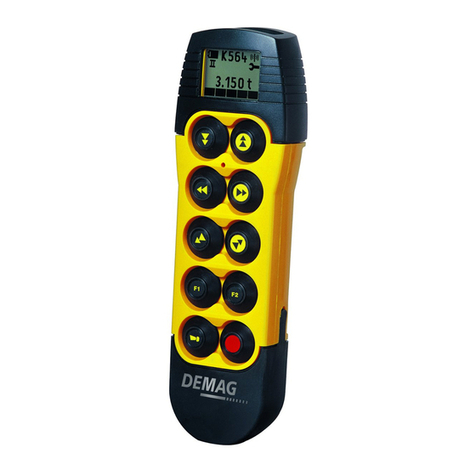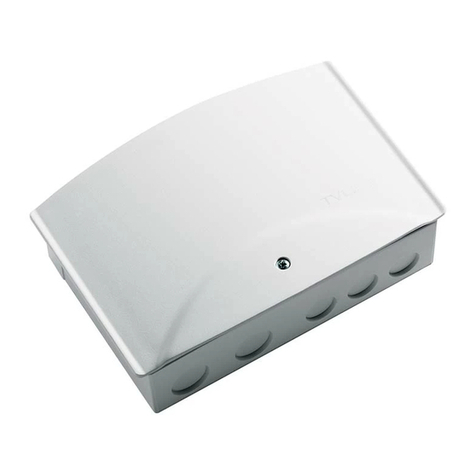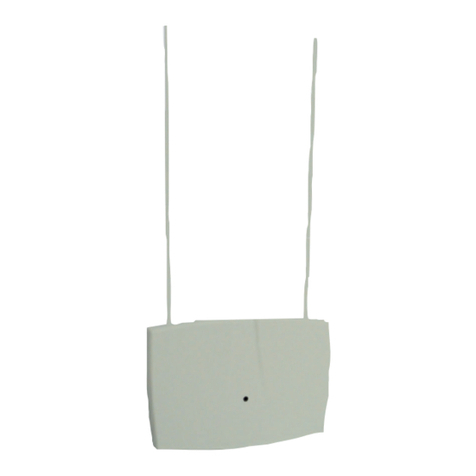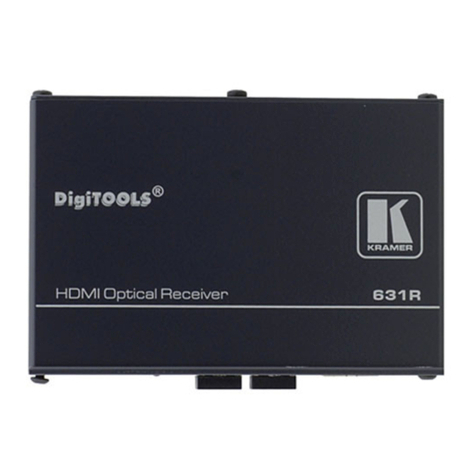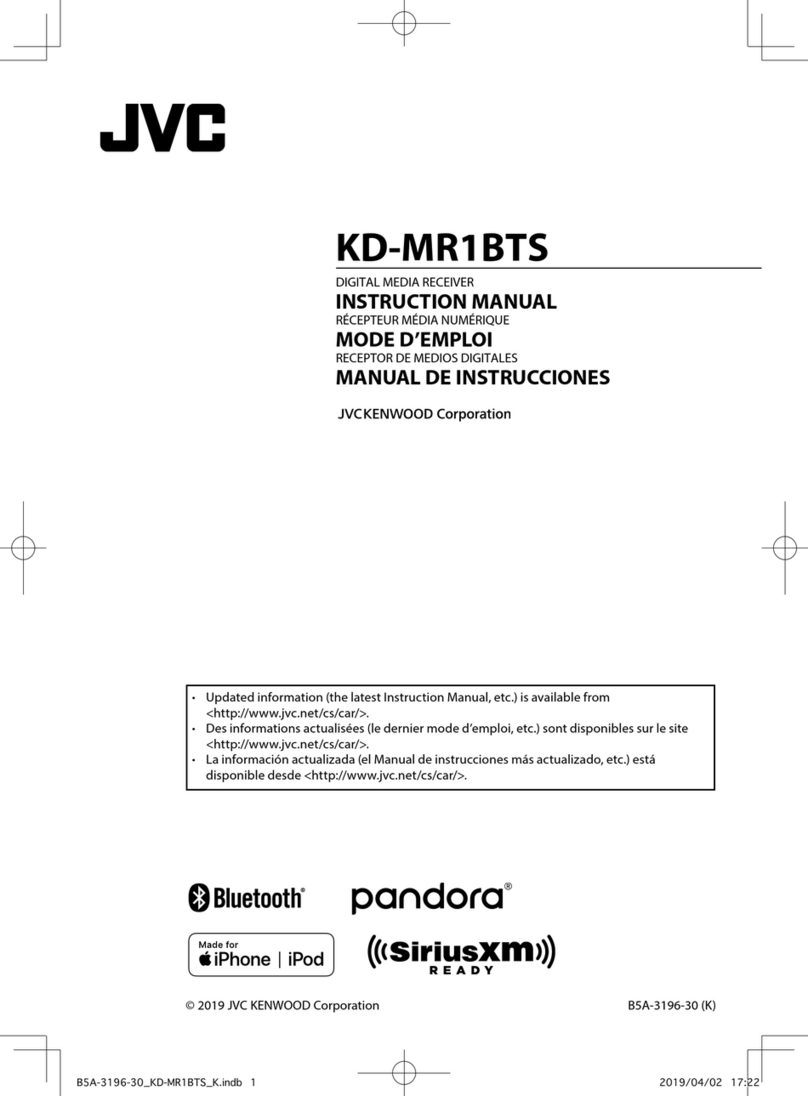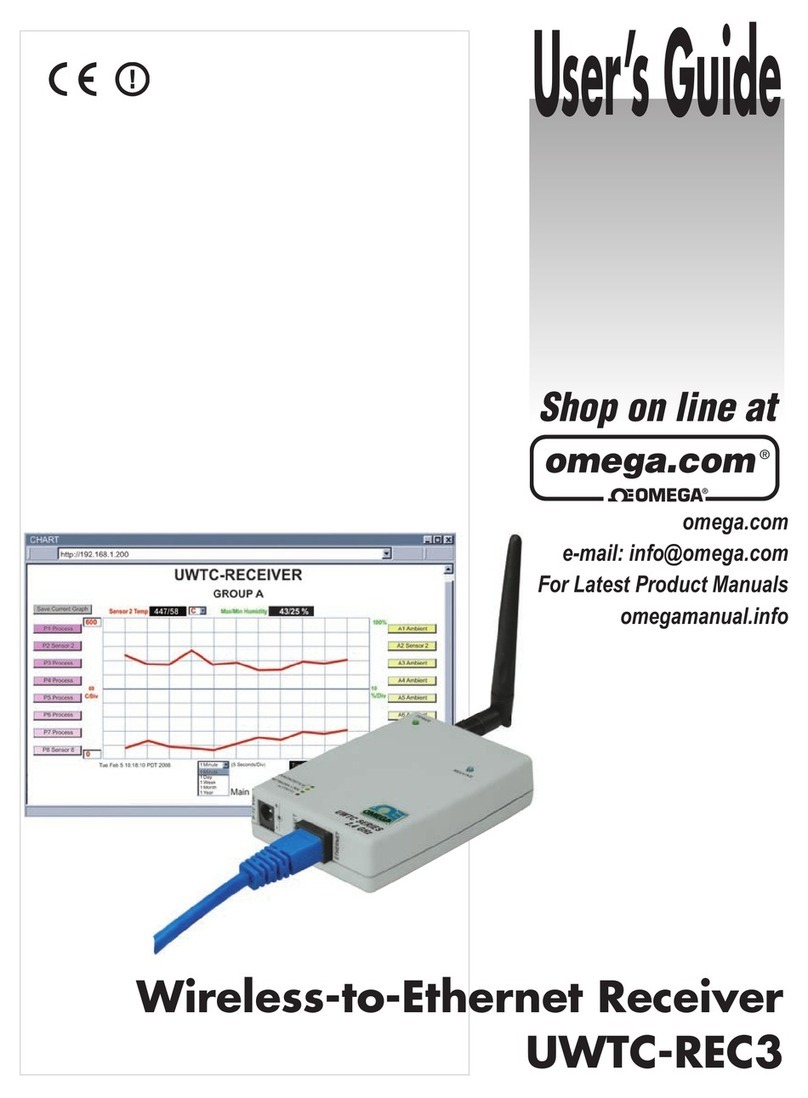
TURNTABLES
OR
AUTOMATIC CHANGERS
All record playing units provide two
or
three cables (aside from the power cord)
for connection to the 430. These are the
left and right channel signal cables and
the ground connection (some turntables
combine the ground connection with one
of the signal cables). The two signal
cables are usually identified as
"left
channel" and
"right
channel" by the use
of a
color
code or tabs,
or
the channel
identifications are molded into the insula-
tors around the pin-type
'RCA
connectors.
Determine which of the cables is left and
which right and insert them into the two
corresponding receptacles on the rear
panel of the 430 marked PHONO. Press
them
in
as
far as they will go so they are
seated snugly.
If a separate ground wire is provided,
connect its lug
or
stripped end underthe
knurled nut marked GND on the rear
panel of the 430. The phonograph signal
connections are now complete.
Note: The 430
is
designed to operate
with a high quality MAGNETIC cartridge.
If you purchased your 430 and turntable
separately, be sure the turntable is
equipped with a cartridge of this type.
Insert the AC power cord of your
turntable into the AC receptacle
marked UNSWITCHED on the rear of
the 430. This receptacle is
"live"
so
long as the 430 itself is connected to a
live AC outlet, regardless of whether
the 430 is itself operating. Your turn-
table
or
automatic changer should be
connected to this receptacle.
FM
ANTENNA CONNECTIONS
A
"T"-shaped,
folded dipole an-
tenna is provided with the 430 for
FM
reception. However,
FM
performance
of the 430 will be greatly enhanced if
it is connected to
an
outdoor antenna
system. Many apartment buildings in
urban areas provide a master antenna
system for television reception which
can often be used successfully for
FM
purposes.
In
some suburban and rural
areas, cable television systems exist
that can also be used successfully
for
FM
reception.
In
fact, television
antennas on private houses are often
good for
FM
reception.
Two types of wire, 300 ohm and 75
ohm, are used as lead-in for outdoor
antenna systems. Both types can be
connected to the 430. Find the three-
connector terminal strip on the rear
panel of the 430 marked ANTENNA.
If your lead-in
is
300 ohm, it will be a
very flat wire with a conductor at each
edge. Carefully cut about 1½
11
of the
insulation material from the center of the
lead-in without damaging either con-
ductor. Strip off about ¾
11
of insulation
from each conductor and connect one of
them to each of the terminals on the
three-connector ANTENNA strip under
the bracket labeled
30011.
(The term
"ohm"
and the symbol
"11"
have
equivalent meaning.)
If your lead-in
is
75 ohm, you must
use a matching transformer. The lead-in
wire will be a single round wire with a ter-
mination consisting of a metal connector
with ashort length of bare, solid, copper-
colored wire protruding from its center.
This connector is intended to be joined to
a 75n to
30011
matching transformer.
These transformers are inexpensive and
available at many television
or
electronic
parts supply stores. Once they are joined
to the lead-in they provide two 300 ohm
conductors that are connected to the 430
as
described above. If your 75n lead-in
has a bare end, the appropriate con-
nector must be attached to it so that you
can use a matching transformer.
Where there is only one lead-in and it
must supply signal for both a television
receiver and the 430, a "signal splitter"
or
"2-set
coupler"
can be used. Consult
your high fidelity or television dealer for
information on such devices.
If
no
outdoor antenna
is
available
to
you, connect the lugs of the dipole
antenna to the
30011
terminals.
The dipole antenna will perform best
if its arms are carefully extended in a
straight line horizontally, and the entire
antenna fixed to a wall
or
tacked to the
back of a shelf. Dipoles are most
sensitive on the axis perpendicular to
the plane of the two arms so antenna
position is important
for
optimum
reception.
AM
ANTENNA CONNECTIONS
A ferrite loopstick AM antenna
is
pro-
vided on the rear of the 430 which will
yield good reception
in
manyareas.
It
can
be oriented to improve reception of dis-
tant stations. The third terminal of the
ANTENNA strip
is
a connection for a
"long
wire"
AM antenna. AM reception
over extremely long distances can be
obtained with a well-designed long wire
antenna. Many high fidelity dealers,
especially those who have experience
with amateur and shortwave radio, can
help you with a long wire AM antenna
system.
WARNING:
DO
NOT MISTAKE THE
FERRITE LOOPSTICK AM ANTENNA
FOR A HANDLE. ITS BRACKET CAN-
NOT SUPPORT THE WEIGHT OF THE
430. THE 430 SHOULD NEVER
BE
LIFTED, PULLED, OR PUSHED BY
GRIPPING THE AM ANTENNA.
